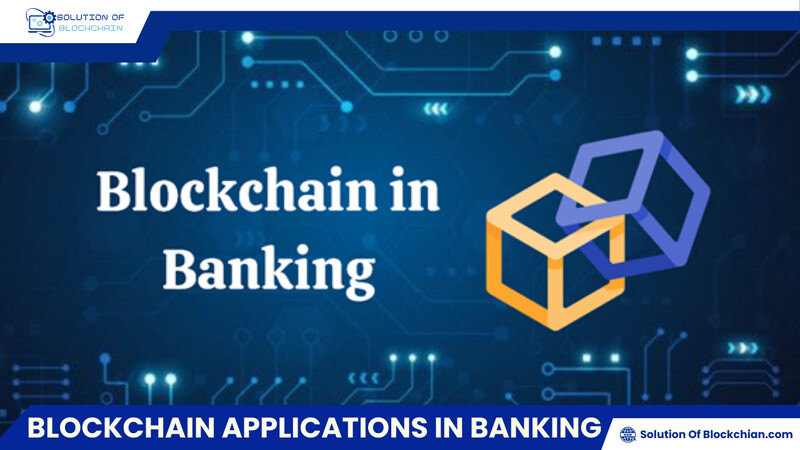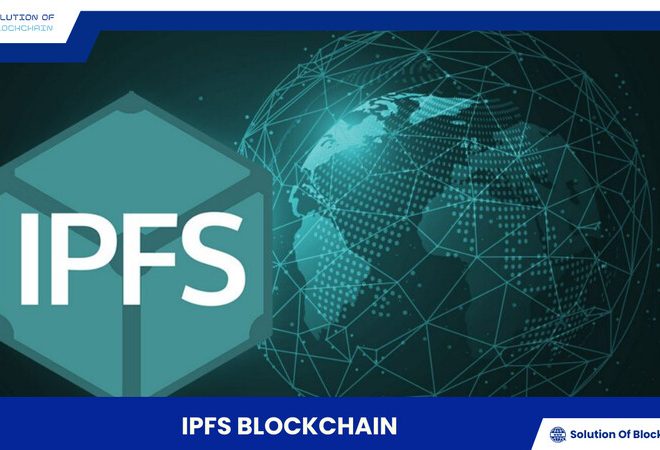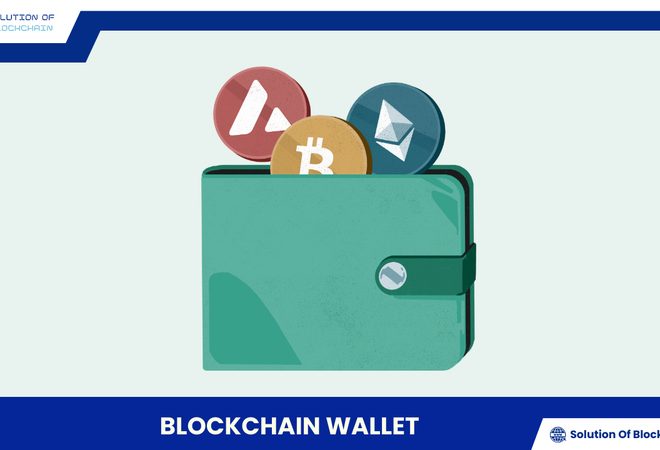
Explore Blockchain applications in banking
Blockchain applications in banking are opening a new era for the digital finance industry. Explore the potential of Blockchain technology to enhance security, reduce costs and optimize banking processes. Learn about real-world applications of Blockchain such as international payments, asset management, anti-money laundering and eKYC.
Understanding Blockchain
In the digital age, Blockchain has emerged as a revolutionary technology with the ability to store and transmit information securely, transparently, and efficiently. Blockchain, also known as a “distributed ledger,” acts as a digital record shared among multiple computers in a network. Each new transaction is recorded as a “block” of data and added to the chain. These blocks are linked together using cryptography, forming a continuous and immutable chain of information.
Key features of Blockchain
- Decentralized: Data is not stored in a single location but distributed across multiple computers, enhancing security and resilience against cyberattacks.
- Immutable: Once data is recorded on the Blockchain, it cannot be altered or deleted, ensuring data integrity.
- Transparent: All transactions on the Blockchain are recorded publicly and transparently.
- Secure: Blockchain uses modern cryptography to protect data and prevent fraud.
Blockchain applications in Banking
The banking industry, with its inherent focus on financial transactions and customer information, demands high security and efficiency. Blockchain, with its advantageous features, is considered an optimal solution to address the challenges faced by the industry.
Enhanced Information Security
- Blockchain technology helps prevent fraud and protect customer data by encrypting and distributing information across multiple computers.
- Applications: Customer identity verification (eKYC), transaction security, cyberattack prevention.
Reduced Transaction Costs
- Eliminates intermediaries in financial transactions, reducing fees and accelerating processing speed.
- Applications: International payments, faster and more efficient money transfers.
Improved Operational Efficiency
- Automates banking processes such as asset management, credit issuance, and KYC (Know Your Customer).
- Applications: Reduces errors, saves time, and enhances operational efficiency.
Enhanced Customer Experience
- Provides faster, more convenient, and transparent banking services.
- Examples: 24/7 customer service, easy access to account information.
Examples of Blockchain Applications in Banking
Payments and Money Transfers
- RippleNet: A global payment network based on Blockchain, enabling fast, secure, and low-cost money transfers.
- Example: TPBank is a pioneering bank in Vietnam applying RippleNet for international money transfers.
Asset Management
- Tokenization of assets: Representing real-world assets (real estate, stocks) on the Blockchain, enabling efficient and transparent management.
- Example: Applications in mortgage asset management and asset securitization.
Anti-Money Laundering (AML)
- Blockchain technology helps track the origin of money and identify suspicious transactions, assisting banks in complying with AML regulations.
- Example: Blockchain-based AML solutions help analyze transaction data and identify money laundering patterns.
Credit issuance
- Building transparent credit profiles based on Blockchain helps banks accurately assess risk and issue credit more efficiently.
- Example: Peer-to-peer lending (P2P) platforms based on Blockchain connect borrowers and lenders directly.
Letters of Credit (L/C)
- Digitizing the L/C process on a Blockchain platform reduces processing time and costs, increasing transparency and security.
- Example: HSBC Vietnam has piloted the application of Blockchain technology in L/C, reducing processing time from several days to a few hours.
KYC and customer identification (eKYC)
- Blockchain technology allows secure and efficient storage and sharing of KYC information, making the customer identification process faster and more reliable.
- Example: Banks can use Blockchain technology to verify customer identities online, minimizing paperwork and procedures.
Opportunities and challenges of applying Blockchain in banking
Opportunities of applying Blockchain in banking
- Increased operational efficiency: Blockchain technology helps automate processes, reduce paperwork and manpower, and optimize banking operations.
- Improved customer experience: Provides fast, transparent, and convenient financial services, meeting the increasing demands of customers.
- New market opportunities: Blockchain technology facilitates the development of new financial products and services, reaching new markets and expanding business opportunities.
- Enhanced collaboration: Blockchain technology promotes collaboration between banks and financial institutions, creating a more efficient and transparent financial ecosystem.
- Fostering innovation: Blockchain is a platform for the development of innovative financial applications, contributing to the development of the banking industry.
Challenges of applying Blockchain in banking
- Scalability: Currently, some Blockchain platforms still have limitations in processing a large number of transactions simultaneously. This challenge needs to be addressed to meet the needs of the banking industry.
- Regulatory issues: The legal framework for the application of Blockchain in banking is still incomplete in many countries. Regulatory clarity is needed to promote the application of this technology.
- Compatibility with existing systems: Integrating Blockchain into existing banking systems can be technically challenging. Banks need to invest in upgrading infrastructure and ensuring compatibility.
- Security and privacy: Although Blockchain is highly secure, cybersecurity risks still exist. Banks need to take measures to ensure data security and comply with privacy regulations.
- Deployment costs: Deploying Blockchain requires significant upfront investment for system development, integration, and maintenance.
The application of Blockchain in banking is an inevitable trend, bringing many benefits to both banks and customers. Despite some challenges, with its enormous potential, Blockchain promises to revolutionize the field of digital finance. Banks need to proactively research, test, and implement Blockchain solutions to enhance their competitiveness, optimize operations, and meet the increasing demands of customers in the digital age.
To explore more useful knowledge about blockchain technology and the investment financial market, don’t forget to follow Solution Of Blockchain!






